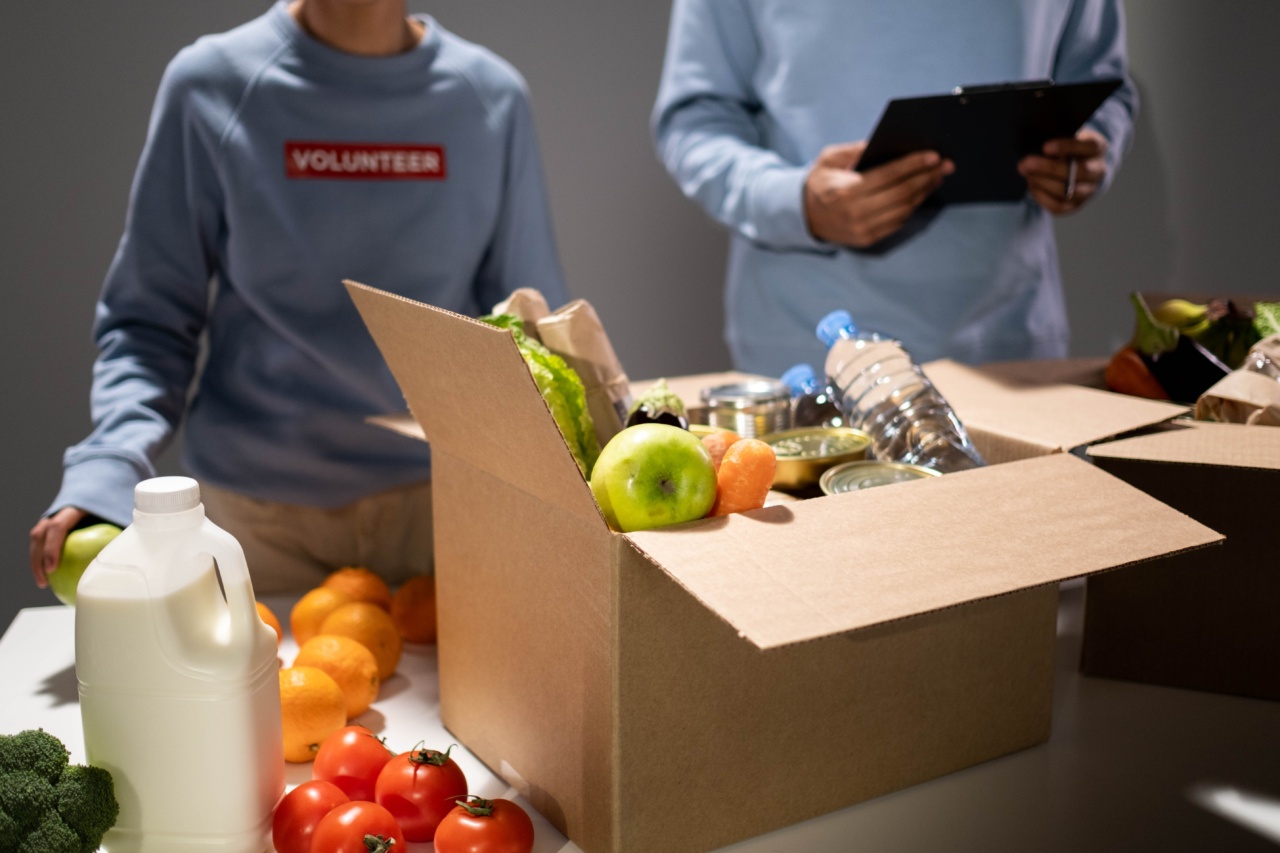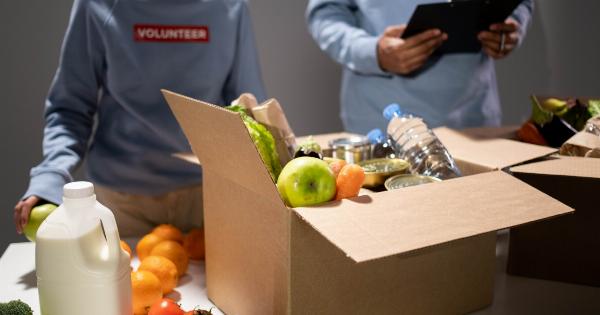When it comes to packaging standard foods for sale, there are a number of important considerations to keep in mind.
These are essential in order to ensure the safety of the food, as well as to comply with various regulations and standards that apply to the food packaging industry.
1. Food Safety
The most important consideration when it comes to packaging standard foods is food safety. This means ensuring that the food is protected from contamination and other hazards during transport and storage.
Some of the key factors to consider when it comes to food safety include the type of packaging material used, the packaging design and the storage conditions.
It is also important to ensure that the packaging is properly sealed and labeled to prevent any accidental contamination.
2. Packaging Material
The packaging material is a critical consideration when it comes to packaging standard foods. There are a number of different types of packaging materials available, each with its own pros and cons.
Some examples of common packaging materials used for standard food products include plastic, glass, metal, and paper. Each of these materials has unique properties that make it suitable for certain types of foods.
3. Packaging Design
The packaging design is another key consideration when it comes to packaging standard foods. The right design can help to ensure that the product is protected and presented in an attractive manner.
Some key design elements to consider include the size and shape of the packaging, the placement of any labels or branding elements, and the ease of use for the consumer.
4. Storage Conditions
When it comes to packaging standard foods, it is important to consider the storage conditions that the product will be subjected to. This can have a direct impact on the shelf life of the product, as well as on its safety and quality.
Some key factors to consider when it comes to storage conditions include temperature, humidity, and exposure to light.
It is important to ensure that the packaging is able to protect the product from any harmful conditions that it may be subjected to during transport and storage.
5. Packaging Regulations
There are a number of regulations and standards that apply to the food packaging industry. It is important to ensure that your packaging complies with these regulations in order to prevent any legal issues or safety concerns.
Some key regulations to consider include those related to labeling requirements, environmental considerations, and food safety standards.
It is important to work with a packaging provider who is knowledgeable about these regulations and can help ensure compliance.
6. Sustainability
There is growing concern about the environmental impact of packaging materials and the packaging industry as a whole. As a result, there is increasing demand for sustainable packaging solutions.
It is important to consider the environmental impact of your packaging choices and to explore sustainable options where possible.
This can include using biodegradable materials, reducing packaging waste, and exploring alternative packaging options such as reusable containers.
7. Cost
Finally, cost is another important consideration when it comes to packaging standard foods. It is important to balance the need for safety, quality, and regulatory compliance with the need to keep costs under control.
Some key cost considerations to keep in mind include the cost of the packaging materials themselves, the cost of any labeling and branding elements, and the cost of shipping and storage.
Conclusion
Packaging standard foods requires careful consideration of a number of different factors, including food safety, packaging material, packaging design, storage conditions, packaging regulations, sustainability, and cost.
By taking these considerations into account, you can help to ensure that your products are safe, attractive, and in compliance with all relevant regulations and standards.




























